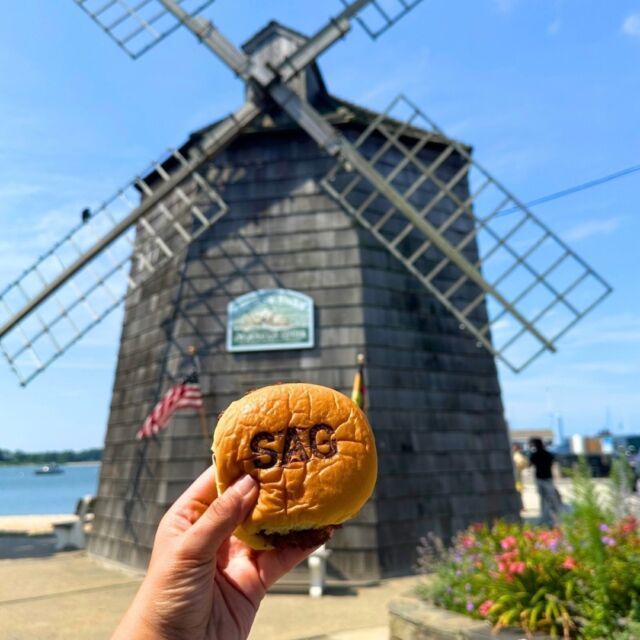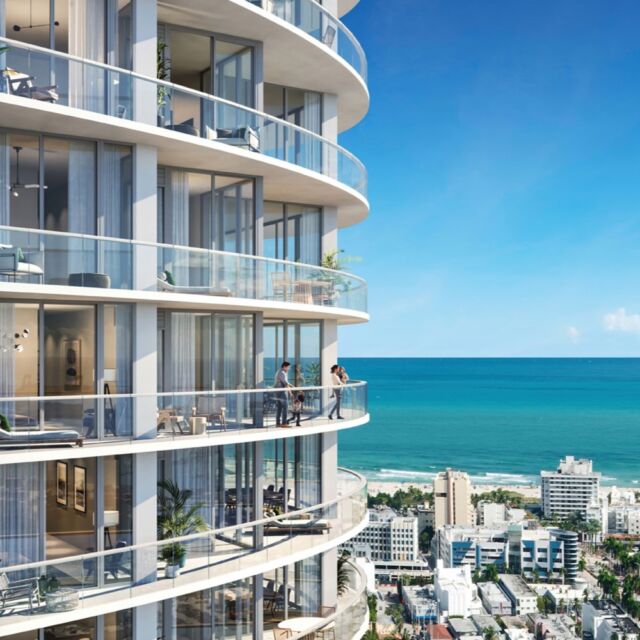Preserving A Way Of Life at “The End” by Laura Euler
Montauk has changed rapidly in the past few years. While the Montauk from my childhood in the 1970s didn’t look much different than it does now–I remember buying candy in White’s with my allowance, chasing my brothers and sisters around the tiny IGA, swimming at Ditch Plains—the atmosphere is much changed, even from the early 2000s.
Resident Nancy Atlas says, “Twenty years ago it was truly a family destination with people coming out for the whole week or even month to bask by the sea, get sunburned and fish. Now it seems to be have a much younger draw to it. It’s a different tone across the board.”
Residents as well as those who love and cherish Montauk are worried about the rate of change. Town institutions such as Duryea’s, the Shagwong, and Trail’s End have changed hands; the enormous property portfolio of the Gosman family has recently been put on the market, and old motels are disappearing.
The tourists are younger and richer, rather than the families Montauk used to cater for. Now most hotels and restaurants are aimed at the bottle-service crowd. New money, new investors keep buying up the old motels and restaurants, redoing them and charging more. The 1950s Polynesian-themed Ronjo is now the Montauk Beach House, with poolside DJs and costs up to $750 a night. The midcentury Panoramic View motel is now the Residences at Gurney’s, where your residence will run up to $12M. And Bob and Dee’s Lakeside Inn is now the ultra-hip, ultra-pricey Surf Lodge.
Real estate values have soared. A property that would sell for $100,000 in the 1970s and just $350,000 as late as 1999 would cost close to $3 million today. Theresa Eurell, sales manager with Town & Country and a Montauk resident, says, “Prices have skyrocketed! The town is very trendy now. Ten years ago Montauk was a small family getaway—now it’s young professionals looking for a weekend party!”
While that’s good news for long time owners, it’s bad news for middle-class families who can’t afford to buy. PJ Delia, who grew up in Montauk, says, “I’ve seen it go from there being a shortage of housing because there simply weren’t that many houses or buildings, to ten times as many houses and buildings with still nowhere for locals to live. It seems much more difficult now because the money is crazy.
“A village with no year-round working families can become an empty shell that is only filled in season. Year-round families who don’t own their property already can’t afford to buy or rent here in Montauk. New middle class families can’t move to Montauk for the same reason. That is death for any village. That is a problem.”
Nancy Atlas says, “The only solution I see is the town coming in to make some sort of affordable housing option. So many families are leaving because they can’t find a place to rent. People want to get the big summer rental money and who can blame them? I am seeing a big drop off in the attendance numbers at the grade school out here and it’s heartbreaking. My ten-year-old son had forty in his class, my four-year-old has about 22, and my two-year-old has about seven that I even know about. It is a very real problem.”
And the squeeze is hitting summer workers as well as fulltime residents. Some motels that previously housed low-income workers are now being converted either into summer rentals or employer-owned worker housing. Most recently, Marc Rowan, the new owner of Duryea’s and Arbor restaurant purchased the Neptune Motel to house summer workers. The owners of Gurney’s Inn bought Tiny Underwood’s and the Lido Motel to house summer workers. Between 500-600 staff housing units may have been removed from the low-priced market in Montauk. The rentals at Rick’s Crabby Cowboy, formerly with year-round tenants, are now summer-only at higher prices.
Ideas differ about how to house summer workers: one is to build dormitories. Another is to improve public transportation, so that workers can be housed farther away from Montauk.
The East Hampton rental registry, implemented this year, is intended to deal with the problem of illegal, crowded summer rentals. PJ says, “So many people were renting in a way that respected the neighbors and the water table for so long. Then some greedy people started cramming tons of people in homes illegally, basically running dangerous, polluting de facto motels. Blame the illegal motel owners for that registry. If not for them, it wouldn’t have come to this.”
Something that’s unique about Montauk is the amount of parkland. More than 70 percent of the town is preserved as parks, which of course limits the amount of buildable land. Another interesting thing about Montauk real estate is the number of micro-markets. There are homes asking $55M down to Montauk Manor condo units for $169K, and everything in between. There are home by the ocean, by the bay, by the lake, by the pond; by the golf course, there are tiny vintage Leisuramas to massive McMansions, sometimes on the same block.
But one thing has not changed about Montauk and never will: the love it inspires among so many. PJ Delia sums it up when she says, “I hope that everyone starts working together to cherish the things that make Montauk, Montauk. Help preserve the rest of the beaches, mellow musical sunsets, surfing areas, fishing, shark tagging, and beauty that brought people here to begin with. Keep those wonderful things and the others who love Montauk will come to join those who never left.”


















![At @inspirseniorliving, they’re transforming senior living and elevating every dimension of life. With a philosophy that embraces enhanced wellness and immersive experiences, their communities offer residents a lifestyle that meets and exceeds everything they’ve envisioned for their lives; including Assisted Living, Memory Care, or Enhanced Care. [link in bio]](https://hamptonsrealestateshowcase.com/wp-content/uploads/sb-instagram-feed-images/452692090_1818077558601184_7837181803899896025_nfull.jpg)
![A winding private drive leads the way to 198 Two Holes of Water Road, situated on 10± acres with plenty of seclusion, privacy, and an all weather tennis court. After undergoing a top-to-bottom renovation in 2019, the estate has been marked by dramatic sculptural touches, wide expanses of scenic space, and is ready for immediate occupancy. Represented by @tomcavallo of @douglaselliman. [link in bio]](https://hamptonsrealestateshowcase.com/wp-content/uploads/sb-instagram-feed-images/452714375_18452144299030135_7245639606158274147_nfull.jpg)


![When Brooke Abrams undertook the interior decoration of an ultra-modern beach house designed by Bates Masi + Architects, her clients wanted everything to look very "rich and luxurious." In addition to unifying the interior space with the exterior space, Abrams sought to bring a sense of cohesiveness to the house. “It had a lot of beautiful pale woodwork in creams and beiges and greys,” she recalls. “Rather than introduce new colors, I felt it was important to stay within that neutral palate so that everything felt integrated.” [link in bio]](https://hamptonsrealestateshowcase.com/wp-content/uploads/sb-instagram-feed-images/452279191_374759435318292_2948881216648686178_nfull.jpg)


